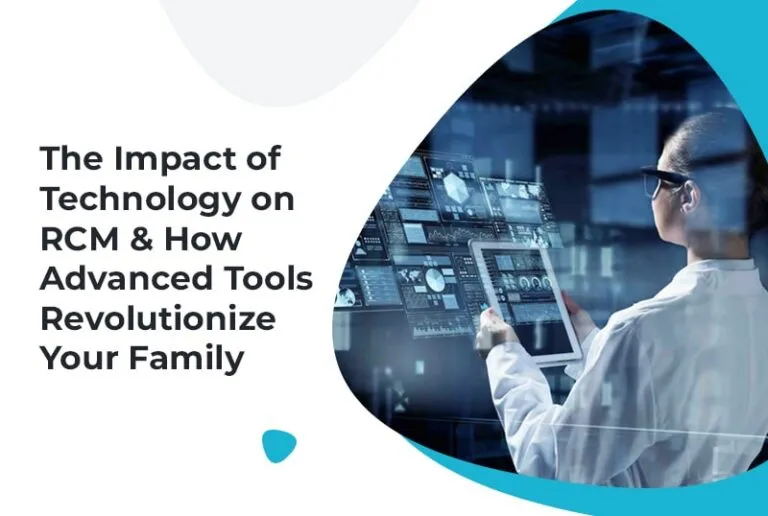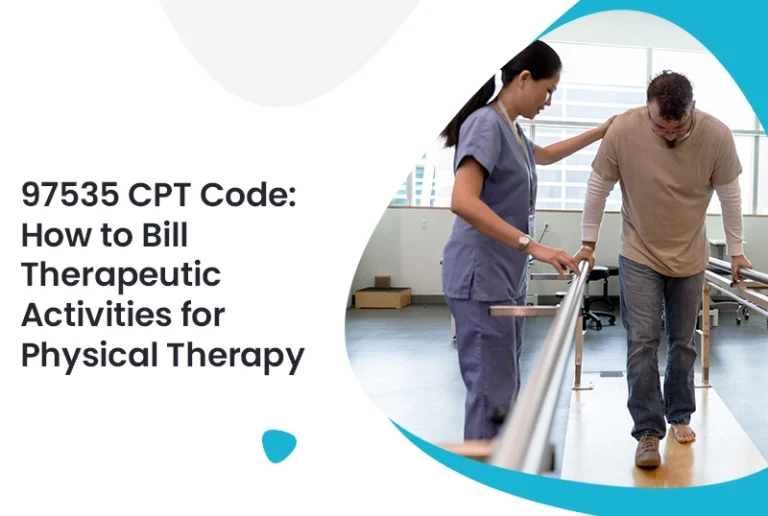In the healthcare field, family practice centers are constantly seeking improved methods for their revenue cycle management. This process reflects and handles the management of funds that are deposited into their bank accounts.
Moreover, when integrated with advanced technology, the system revolutionizes the operation of medical billing services for small practices. This integration reduces losses and minimizes time delays, allowing nurses to focus more on patient care duties.
This blog post will show how these modern updates are making family practice billing more efficient, accurate, and helpful for both doctors and patients.
Why You Should Consider Outsource Family Practice Billing?
Outsourcing family practice billing enhances efficiency, reduces errors, and ensures timely reimbursements. Expert billing services handle complex coding and compliance that keep your staff free and focused on patient care. If you optimize your revenue cycle, it simplifies operations with professional medical billing services for small practices.
4 Impact of Technology on RCM for Billing in Family Practice
Following are the ways to revolutionize billing in family practice by the impact of advanced technology:
1. Faster Payments, Fewer Headaches
One of the biggest problems with RCM is the way of slow payments. But when it comes to advanced technology in medical billing, it speeds up your payment processes. However, there are updated billing systems that have the ability to automatically send out claims, follow up on unpaid bills, and even quickly handle appeals. This speed means family practice centers don’t have to deal with long delays in getting paid. And it’s all about generating more money faster in your pocket and a better way to invest in patient care service.
2. Reduction in Paperwork, More Time for Patients
Traditional billing systems require a lot of paperwork, which takes time and causes errors. By using advanced technology, family practices can cut down on paper use. Electronic health records (EHRs) and billing software make data entry and management easy, which removes the requirement of manual paperwork. This reduction in administrative tasks gives healthcare providers more time to focus on patient care instead of billing issues.
3. Few Errors, More Accurate Billing
The medical billing and coding process is a complex task that causes claim denial and lost revenue. Smart billing software minimizes these errors by automating the billing cycle. Technology helps with tasks like coding and submitting claims, ensuring everything is done accurately. Automated systems catch common errors, such as wrong patient information or mismatched codes, before claims are sent. This results in more accurate billing and higher approval rates.
4. Better Financial Insights with Updated Tech
Technology not only makes billing easier but also gives financial visions. Advanced analytics and reporting tools help family practice centers understand their financial health better. These tools track important metrics like claim denial rates, reimbursement times, and total revenue. If you look at this data, practices can spot trends, find areas to improve, and make smart decisions to lift their financial performance.
Conclusion
Advanced technology has changed family practice medical billing, which makes revenue cycle management much better. These tools speed up payments, reduce paperwork, cut down on errors, and give better financial insights.
This transformation has made billing services for small practices more accurate, letting medical experts focus on good patient care. As technology keeps evolving, its impact on RCM will grow, which help family practices succeed in a competitive healthcare world by improving the billing system.







